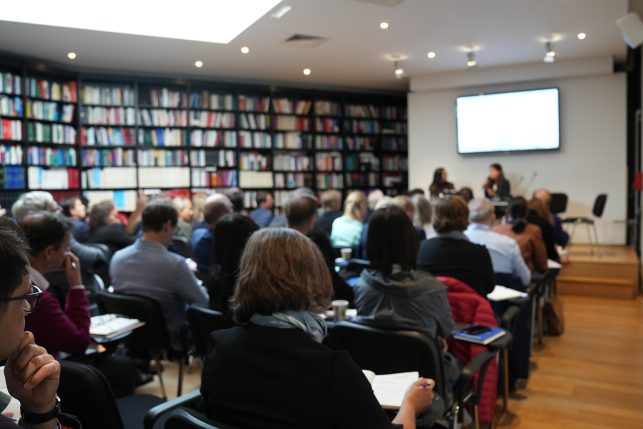When the patent of an originator drug (i.e. the original protected drug) expires, the manufacturer of that drug may be tempted, while waiting for the protection of new processes by new patents, to prevent the arrival of generics into the market. Under the guise of settling patent disputes, “pay for delay” agreements are reached with their manufacturers to delay the entry of generics into the market in exchange for payment.
The European courts have been asked to rule on the validity of such agreements under the EU competition rules. The Court of Justice had first held in Generics UK (CJEU, Judgment of 30 January 2020, Case C-307/18, LawLex202000000131JBJ) that such agreement constituted both an abuse of a dominant position and an anticompetitive agreement, on the grounds that it revealed an exclusionary strategy constituting an abuse and a restriction by object. On 21 March 2021, the Court of Justice confirmed its position and dismissed appeals lodged by several other originator manufacturers in Cases C-588/16, C-591/16, C-611/16, C-586/16 and C-614/16 concerning patent settlement agreements.
In order to sanction the collusive practices arising from them on the basis of Article 101(1) TFEU, the Court examined the existence of potential competition between the parties (I), before ruling on the characterization of restriction by object (II).
I. Potential competition
The originator companies claimed that the generic undertakings did not constitute potential competitors in order to refute the classification of the settlement agreements as anticompetitive.
The Court recalls that, in order to assess the existence of potential competition, the authorities must show that there are real and concrete possibilities that an undertaking which is not present on the market will enter the market and compete with the undertaking which is already established there. They are not, however, required to
- examine whether the routes into the identified market are actually viable or all actually feasible,
- establish with certainty that competitors would have in fact entered the market or that such entry would have been successful.
In a market where there are no insurmountable barriers to entry, the existence of potential competition between a manufacturer of originator medicines and a manufacturer of generic medicines only presupposes that the latter has taken sufficient steps to gain access to the market within a time-limit capable of putting competitive pressure on the originator manufacturer, even if these steps are not completed in time.
In this case however, the generic manufacturers had therefore taken significant steps, made major investments. Some of them had obtained or were about to obtain a marketing authorization which is more than what is required to characterize potential competition.
The Court takes a broad and subjective view of the evidence of potential competition that could be restricted by the contested agreement. Any indication of future competition from generic manufacturers is taken into account, whether it predates, coincides with or even postdates the conclusion of the settlement agreement. It is sufficient that such an indication could have been perceived by the parties at the time the agreement was entered into and prompted them to enter into it. A marketing authorization is therefore a natural part of this.
After finding the existence of potential competition, the Court went on to clarify how the settlement agreement – considered as a pay-for-delay agreement was so detrimental to that potential competition that it could be classified as a restriction of competition by object.
II Restriction by object
The scope of this judgment should not be misunderstood: a patent owner can always enter into a settlement agreement with an undertaking that it considers to be an infringer, provided that the agreement does not exceed the scope or the remaining term of the patent. In effect, the conclusion of such agreements simply constitutes the expression of the intellectual property right of the right holder.
However, it is not beyond the bounds of possibility that such an agreement, which in principle is lawful, may prove to be a restriction of competition by object if it presents a certain degree of harmfulness for competition, regardless of whether it pursues other legitimate aims.
The Court took the view, in the cases at issue, that the agreements concluded between originator and generic manufacturers fell onto the second category for a number of reasons all of which following the same rationale:
- Both parties profited from it thereby creating a “producer surplus” specific to the sub-competitive equilibrium:-
- the originator company because the agreement allowed it to transform the uncertainty about the outcome of its infringement actions into the certainty that generic producers would not enter the market;
- the generic producer because it allowed them, inter alia, to avoid the financial consequences of unlawful market entry, and to be generously compensated.
- Such an agreement would eliminate competition from generic manufacturers and lead to higher prices to the detriment of final consumers.

 MY ACCOUNT
MY ACCOUNT














